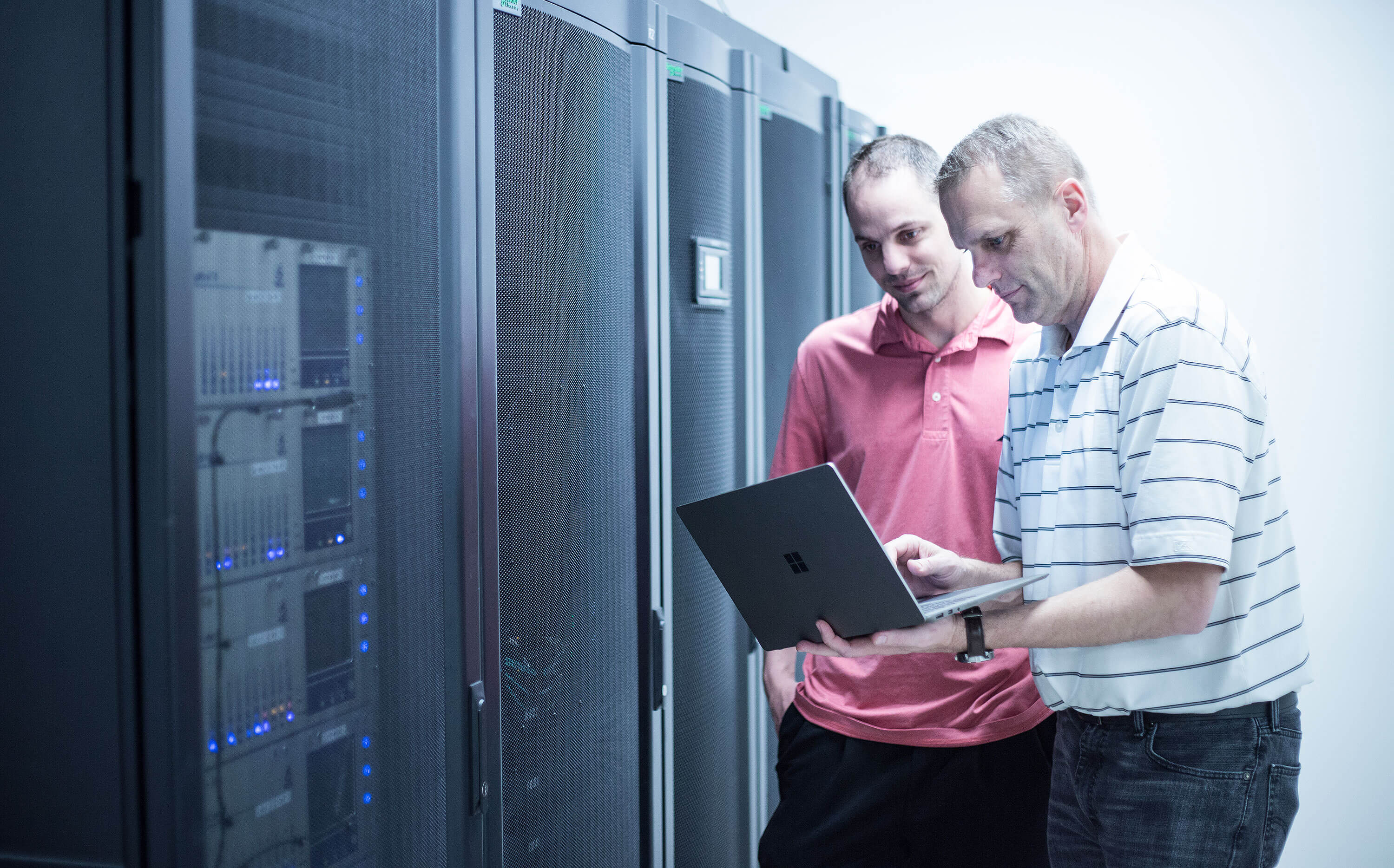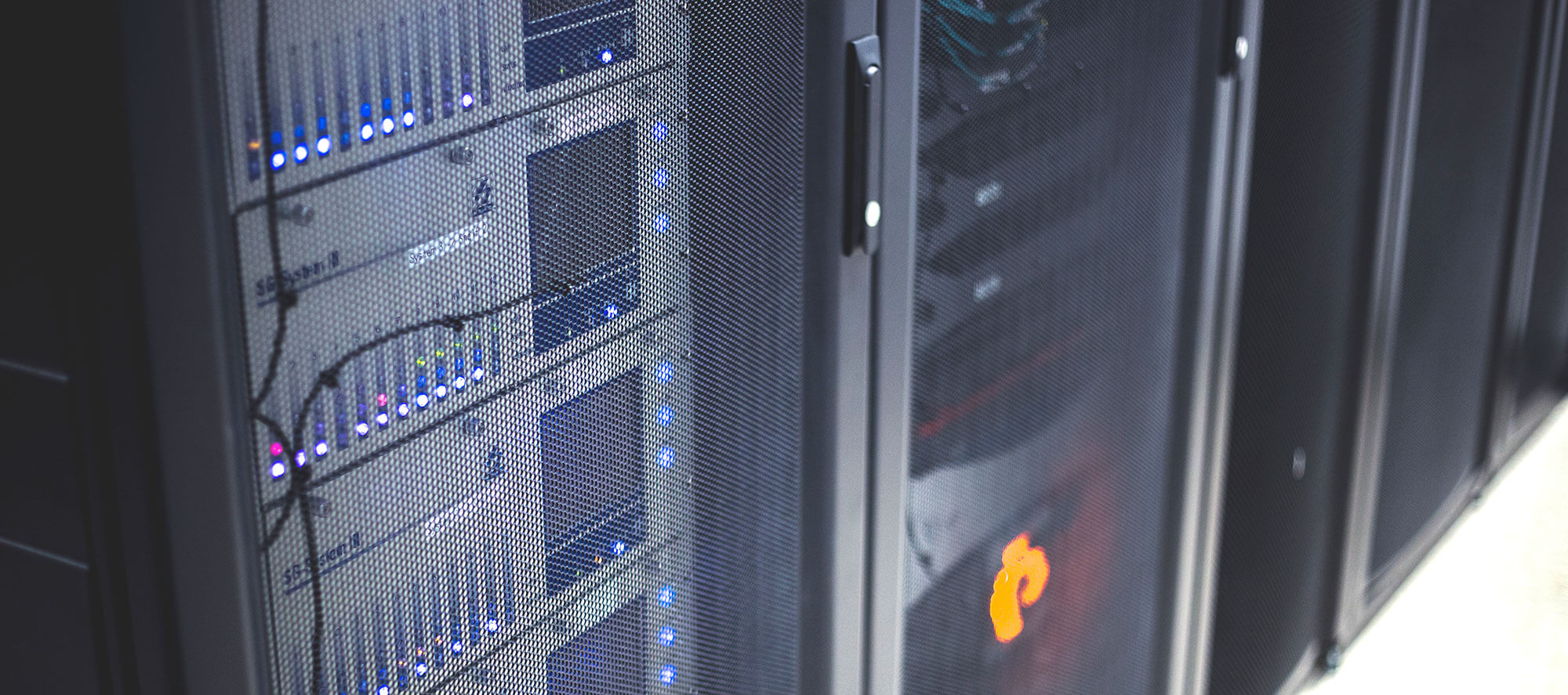
AvantGuard has invested heavily to accomplish 100% redundancy. We have eight state-of-the-art facilities that can handle a full signal load. So, dealers and subscribers alike can rest assured they will be taken care of.
Our redundancy includes generators, data, receivers, locations and telephones, not to mention our hot-redundant failover technology. We regularly test our failover system to make sure when a disaster strikes one location, the others will take the calls at full capacity without a hitch.
Learn More


While many wholesale central stations claim redundancy, it’s a loose term. On top of that, everyone says they have the best people and the best alarm monitoring technology, but what does that really mean? In an effort to be more specific, we’ve come up with a list of our top technology differentiators to highlight some of the ways we’re a notch above the rest.
We are one of, if not the first central station to implement toll-free rerouting for alarm monitoring. Essentially, toll-free rerouting makes sure every event signal is sent through multiple carriers. That way, if one carrier fails, the signal still has multiple opportunities to get to us. In the end, all you need to know is we will get the call every time.
We own two, class C, Public IP Addresses and an ASN for routing internet traffic. That means we have four different internet paths from three different carriers going to our three separate sites. Because we own the addresses, we can route them across any carrier to any of our sites. Most new panels communicate to us through IP signals rather than traditional telephone networks. In fact, we now receive more IP alarm signals than any other mode of transport.
Successful redundancy is measured by a monitoring center’s ability to provide service, even when a natural disaster strikes home base. When one location is no longer able to take calls, the second must be ready to go on the fly.
We perform regular failover tests to ensure that our redundancy will work when we need it to. That means we first select a part of the system to test. Then we isolate it so subscribers aren’t affected, purposefully cause it to fail and make sure the backup kicks in. If the backup fails, we fix it, and if it succeeds, we move to the next piece.
Have questions about our tech? Let us know:
AvantGuard Monitoring Centers, LLC. | P.O. Box 15022 | Ogden, UT 84415 | Office: (877) 206-9141 | Fax: (801) 781-6133